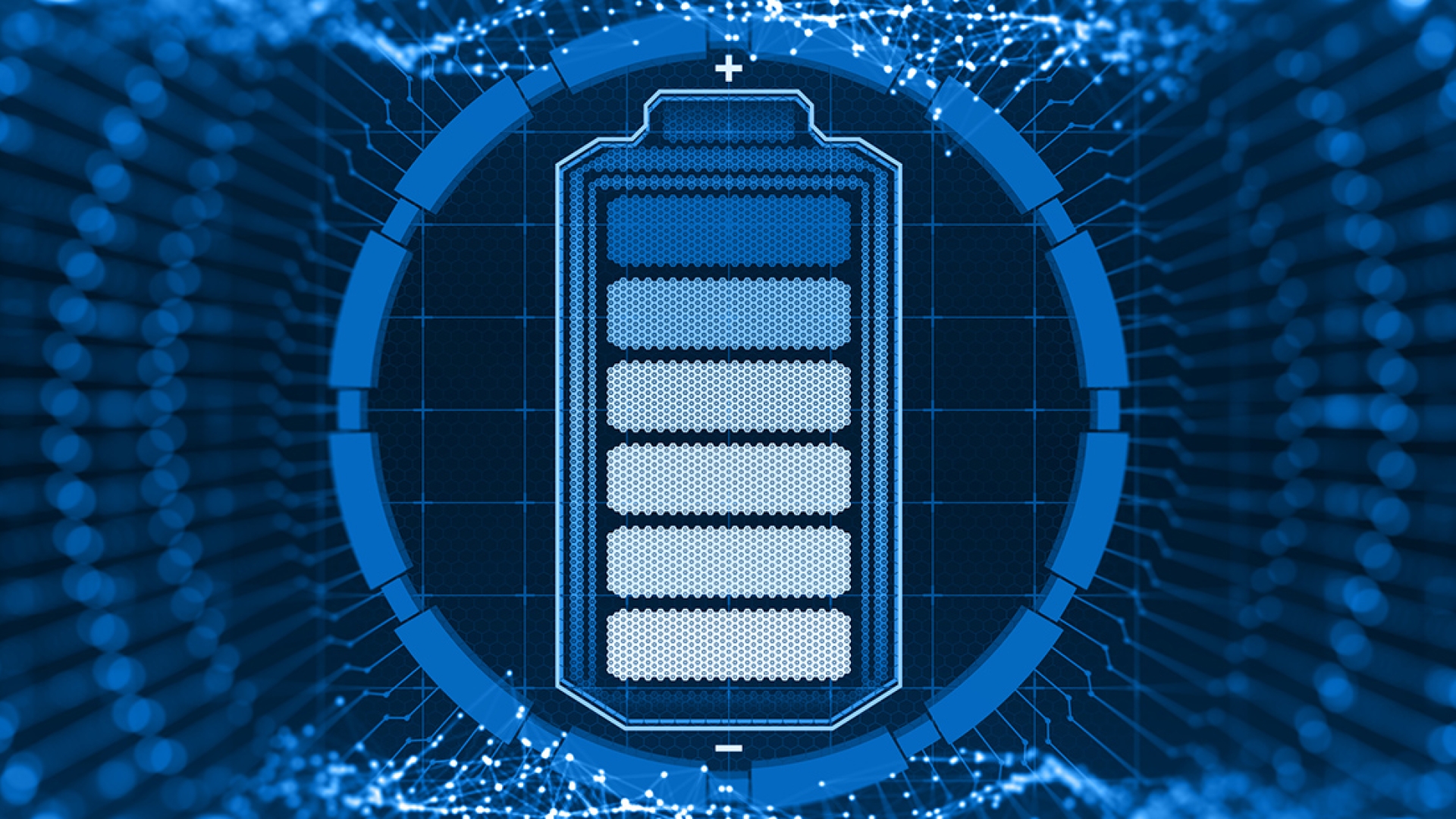Improving battery efficiency and vehicle uptime with cell voltage monitoring (CVM)
By Cummins Components Business Unit

Fuel Cell Electric Vehicles (FCEVs) and Battery Electric Vehicles (BEVs) are at the forefront of advancing towards a more sustainable transportation industry. That is why, many manufacturers around the world are investing in both FCEVs and BEVs to develop technologies for lower emissions for commercial transportation. From fuel cells for long-range heavy-duty applications to battery electric drivetrains, companies are aiming to deliver integrated power solutions that optimize performance and efficiency. Cummins Inc. and Accelera™ by Cummins are also focused on bringing innovation for FCEV and BEV technologies.
To understand these technologies further, it is important to understand how different components work within FCEVs and BEVs. We have explored the role of essential software and electronic components in FCEVs and BEVs , now let us dive into how cell voltage monitoring (CVM) works. FCEVs and BEVs rely on the assembly of multiple small units, known as cells, to form a larger, more powerful unit. This article breaks down the concept of fuel cell stacks and batteries, focusing on the key facet of CVM that is vital for efficient fleet operation, reducing downtime and better maintenance of fuel cells and batteries.
The role of CVM in battery health and vehicle performance
CVM is a technology that monitors the voltage of each cell within a stack to ensure the system operates correctly. It is a monitoring system that measures and adjusts voltage based on how the cell is performing. It is like adjusting the vehicle's power output by pressing down on the gas pedal to accelerate a car to a desired speed.
Over time, however, cells in both batteries and fuel cells degrade, meaning they produce less voltage and, consequently, less power. This degradation requires systems to draw more electrical current to maintain the same level of power output. To mitigate this, advanced technologies like silicon carbide are used for semiconductors and control algorithms are tuned throughout the fuel cell’s life. CVM helps by measuring the voltage and allowing for adjustments to be made to maintain optimal performance. This monitoring is critical for predicting the lifespan of cells and ensuring the system's overall health.
Why understanding cell voltage in fuel cells and batteries matters to you
Fuel cells and batteries are built from many smaller, individual cells that are combined to increase their power output. This approach is similar across various applications, whether it is the fuel cell stack in FCEVs, the batteries in BEVs, or the cells in electrolyzers, which are used to create hydrogen by splitting water using an electric current to separate its molecules into hydrogen and oxygen.
What is cell voltage? Think of a battery's voltage as its stored potential energy, like how water stored behind a dam holds it. Charging a battery is like filling the dam, while using a battery is akin to releasing water to generate electricity. For fuel cells and electrolyzers, applying current or introducing hydrogen fuel across a cell stack generates voltage, which then can be converted into power. This power can then be used to make a vehicle move. FCEVs, however, tend to operate at lower voltages compared to BEVs. A component called a boost DC-DC converter is therefore necessary to match the lower fuel cell output voltage to the battery's higher voltage.
However, FCEVs are hybrids and include fuel cells as well as a battery pack. This is because fuel cells have a response time lag, so they operate with a battery pack, in addition to the fuel cell stack. This compensates for the response time lag by providing instantaneous power. However, a smaller battery is used in FCEVs because the fuel cell continuously recharges it and supplies power, reducing the dependency on the battery for range. The batteries in FCEVs and pure BEVs could have similar technology and voltage, but those in FCEVs would have less total power.
Performance benefits of CVM
CVM is crucial for several reasons. First, it can enable predictive maintenance, which helps in scheduling maintenance tasks before unexpected downtimes occur, reducing downtime and saving costs. Second, it enhances safety by ensuring that the system operates within its designed parameters, which prevents accidents and ensures systems do not malfunction.
Modern CVM systems can include embedded algorithms that analyze and sample data independently, making the overall voltage management system more intelligent. This capability helps in ensuring better control, safety, and a longer lifespan of the energy system, fuel cell or batteries.
Cummins is dedicated to advancing the next generation of technology to enable greater adoption, performance, and efficiency of renewable energy technology like FCEVs and BEVs. This commitment not only advances the performance and reliability of these systems but also aligns with our broader sustainability goals. For more information about the diverse Accelera portfolio of zero-emission solutions please visit acceleazero.com.
Author Profiles
Related Tags